

Smart TVs are essentially regular TVs that have built-in capabilities for connecting to the Internet, which is why they’re also known as Internet-ready TVs. While this feature can be useful, the real question is whether or not these TVs are worth the price for what they bring.
And if we’re being honest, the answer is a clear No.
Not to say that smart TVs are absolutely horrible, because they certainly have a number of benefits that can make life easier for the average user. However, it’s undeniable that smart TVs are now obsolete, and at this time, the choice to buy a smart TV would not be a smart thing to do.
Whenever you consider buying a “smart” product — that is, any device that has the ability to connect to the Internet — security should always be a top concern. Every single Internet-ready device contributes to the “Internet of Things”, which is arguably one of the worst security nightmares of our time.
And smart TVs have been one of the worst offenders over the past few years. In short, smart TVs can put your privacy and security at risk in a handful of ways, but the most damning example is that smart TV cameras could be used to spy on innocent people.

We’ve known for many years that people can hack into webcams and view video feeds that they shouldn’t be able to view. How violated would you feel if you learned that someone had been watching you through your own webcams every time you’re on the computer? And the worst part is that hacking webcams isn’t always difficult.
Well, smart TVs aren’t immune to this.
What we know is that some smart TVs have been shown to have vulnerabilities that allow hackers to take control from afar and do things like turning on cameras, installing and opening apps, and even accessing files available to the system. Creepy, isn’t it?
Other security risks also exist, such as malware and inherent weaknesses in the underlying firmware. We aren’t saying that all smart TV users will inevitably be hacked; rather, these risks are real. And while there are steps you can take to stay safe, they can be somewhat inconvenient.
If there’s one reason that should dissuade you from buying a smart TV today, let it be this one: the ideas behind the smart TV are great, but smart TVs themselves are not the right way to implement those ideas. Given a few more years, smart TV technology will be completely obsolete.
Perhaps the greatest idea driving smart TV technology is the idea that various media “channels” can be streamed on demand over the Internet and directly to your TV. We’re talking about services like Netflix, Hulu, Pandora, and Spotify, which aren’t available through traditional network and cable TV channels.
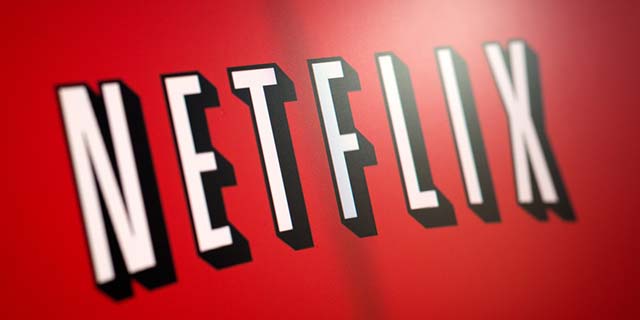
One of the best ways to slash your household expenses is to discontinue your cable TV packages and rely solely on streaming services for entertainment. You’d be surprised how much money you can save by doing this, and there are many other benefits besides money, too.
Yet while this idea is revolutionary, smart TVs have fallen short in idea execution. Primitive TV interfaces and lackluster apps are two big reasons behind the execution failure — and we’ll explore both of those failings down below — but they aren’t the key issue.
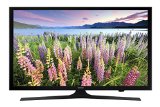 Roku 4 Streaming Media Player (4400R) 4K UHD
2,500+ streaming channels. Choose from the biggest selection of streaming entertainment, including movies, TV shows, music, sports, news, international, kids programming and more.
Roku 4 Streaming Media Player (4400R) 4K UHD
2,500+ streaming channels. Choose from the biggest selection of streaming entertainment, including movies, TV shows, music, sports, news, international, kids programming and more.The key issue is that set-top boxes (like the Roku Streaming Player) and streaming media sticks (like the Roku Streaming Stick) can do what smart TVs do, but do it better. There are so many streaming devices available on the market today, and they’re all more flexible and more powerful than any smart TV in terms of media streaming.
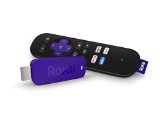 Roku 3500R Streaming Stick (HDMI)
Compact stick design. Plugs discreetly right into the HDMI port. Great for wall-mounted TVs.
Roku 3500R Streaming Stick (HDMI)
Compact stick design. Plugs discreetly right into the HDMI port. Great for wall-mounted TVs.Consider this: your smartphone can do everything that a smart TV can do. Using a Chromecast, for example, you can watch almost any kind of streamed media on your smartphone and “cast” it onto your TV, even if that TV isn’t a smart TV.
At the end of the day, a TV should have one purpose: displaying images to the screen. It shouldn’t concern itself with what it can display, as that should be determined by what you plug into the TV. (In other words, a TV should be a glorified monitor and nothing more.)
Smart functionality requires a smart interface. Smartphones and computers are great because they both support two important input methods: 1) typing and 2) pointing. Smart TVs are terrible at both, and this leads to a lot of frustration for users.
Or in other words, if you want to sit down and watch something on a smart TV, it’s actually a lot more work than you’d expect it to be. Not an impossible amount, but inconvenient at best.
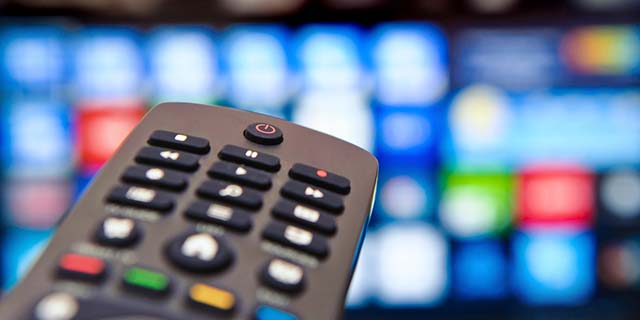
One big example of this is when you want to search for a particular TV show or movie in an app like Netflix or Hulu. With a regular TV remote, typing is a hair-pulling affair that could take up to a dozen button presses per letter typed. I deal with this every day, and it never gets easier.
On the other hand, most streaming set-top boxes come with remotes that have voice-controlled searches or mobile apps that let you type out your searches with a smartphone or tablet. Much, much easier.
Smart TVs could solve this issue by implementing their own voice-controlled searches (still imperfect), or allowing for third-party keyboard attachments (not ideal), or switching to touchscreen keyboard input (more expensive). I’ll stick with my Roku, thank you very much.
When smart TVs first debuted, one of their biggest selling points was the ability to download and install all kinds of apps right on the TV itself. Right now, my smart TV is equipped with apps for Netflix, Amazon Prime Video, YouTube, TED Talks, and Spotify. Sounds useful, right?
Unfortunately, not only do all of these apps suffer the same issues that are inherent to TVs in general — namely poor interface design — but they also suffer from poor performance and neglect from app creators.

The processing power of a modern smart TV pales in comparison to the performance of modern smartphones and tablets. As such, it’s not uncommon to experience input lag when pressing buttons, freezes and crashes when apps try to do something intensive, and other performance-related issues.
Case in point, the Netflix app on my smart TV sometimes freezes when I want to exit out of it and the only solution is to wait several minutes or unplug it altogether. It doesn’t happen every day, but it happens often enough that it sticks out clearly in my mind.
Glitches are also regular fare. Whenever I play videos using the YouTube app on my smart TV, playback is always cut short by exactly one minute from the end. Yes, on every video. Not to mention that this app also experiences frequent freezes and crashes when trying to exit out of it.
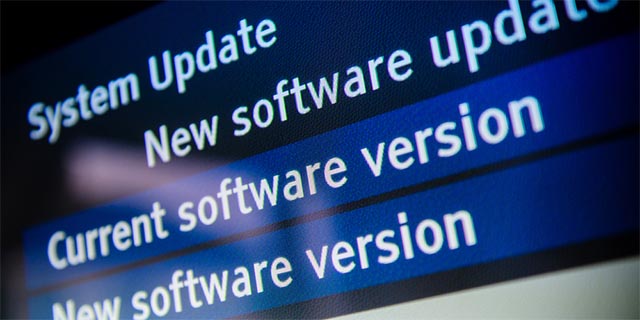
These problems are to be expected, I think. Content providers have to juggle compatibility with a lot of potential outlets these days, including web players, smartphone apps, tablet apps, third-party devices like the Roku and Chromecast, and smart TVs. Which one do you think has the lowest priority?
Which brings up another potential issue: the usefulness of your smart TV is limited by the apps that are available for it, and if content providers stop updating their smart TV apps for whatever reason, your smart TV loses a big chunk of what makes it “smart”.
Five to ten years from now, your smart TV might just end up being a dumb TV by no fault of your own. If that happens, you’ll have to rely on set-top boxes and other streaming methods anyway. Why spend extra on a smart TV when you can just go dumb and spend the money you save on a Roku or Chromecast?
So what do you get when you shell out cash for a smart TV instead of a dumb TV? Well, if you exclude the Internet-capable apps that we discussed above, it turns out you don’t actually get that much.
One central remote. Every additional media device you hook up will likely require an additional remote control to juggle. Using a smart TV prevents that clutter. (A minor point, I know, but worth mentioning.)
Smart media playback. With Samsung, there’s a feature called Smart Link that lets you create a wireless connection and directly stream media files from your PC to your TV. Other brands may offer similar functionality under different names.
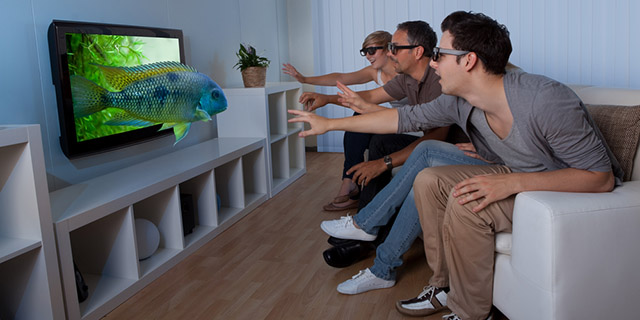
3D display technology. Some smart TVs have 3D capabilities. You’ll need to have 3D glasses, of course, but they usually come with a pair included. However, in general, the 3D feature in smart TVs is little more than a gimmick.
Web and games. TV apps are mainly for streaming media, but they can also be used to browse the Internet or play games. However, due to the poor interface and poor performance, you probably won’t be using a smart TV for either of these.
If you ask me, the features don’t justify the price. Now, how much can you stand to save by opting for a dumb TV over a smart TV? Well, let’s look at a middle-of-the-road option that’s currently available.
 Samsung UN50J5000 50-Inch 1080p LED TV (2015 Model)
Refresh Rate: 60CMR (Effective)
Samsung UN50J5000 50-Inch 1080p LED TV (2015 Model)
Refresh Rate: 60CMR (Effective) Samsung UN50J5200 50-Inch 1080p Smart LED TV (2015 Model)
Refresh Rate: 60CMR (Effective)
Samsung UN50J5200 50-Inch 1080p Smart LED TV (2015 Model)
Refresh Rate: 60CMR (Effective)There is a Samsung 50-inch 1080p LED TV currently available on Amazon for $515. The smart version of that same product, the Samsung 50-inch 1080p Smart LED TV is $548. That’s a difference of $33. The more expensive you go, the greater the difference will become.
Obviously $33 isn’t a lot in the grand scheme, but you’d probably be better off saving that much and spending it on a $35 Chromecast or a $45 Roku Streaming Stick. If I could do it over again, that’s exactly what I’d do.
We aren’t necessarily trying to persuade you away from smart TVs. Rather, we just want you to know why we think smart TVs are no longer worth their investment (regardless of how small that investment might be in the big picture). If you still want one, more power to you. Go for it!
How do you feel about smart TVs now? If you still think they’re worth it, what makes you feel that way? We’d love to hear your thoughts on the matter. Share with us below!
Image Credits: White Noise by Axstokes via Shutterstock, Netflix Logo by scyther5 via Shutterstock, Remote Closeup by Rasulov via Shutterstock, Netflox on Mobile by scyther5 via Shutterstock, Firmware Update by Hadrian via Shutterstock, 3D TV by Andrey Popov via Shutterstock
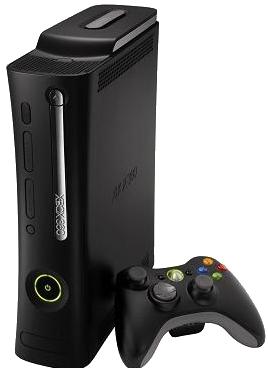
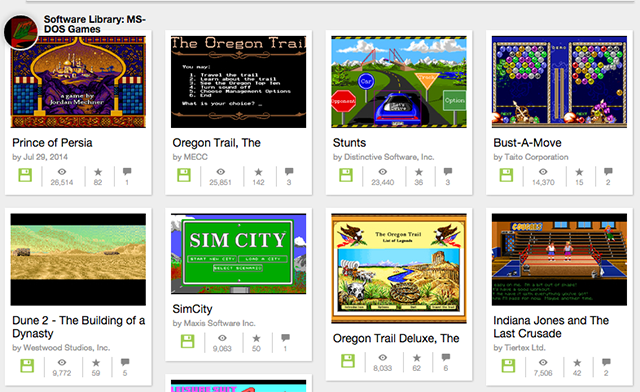


 Battlefield 4 Dog Tag Locations
Battlefield 4 Dog Tag Locations Assassin’s Creed 3: Liberation Walkthrough
Assassin’s Creed 3: Liberation Walkthrough Halo Wars 2 Wiki – Everything you need to know about the game .
Halo Wars 2 Wiki – Everything you need to know about the game .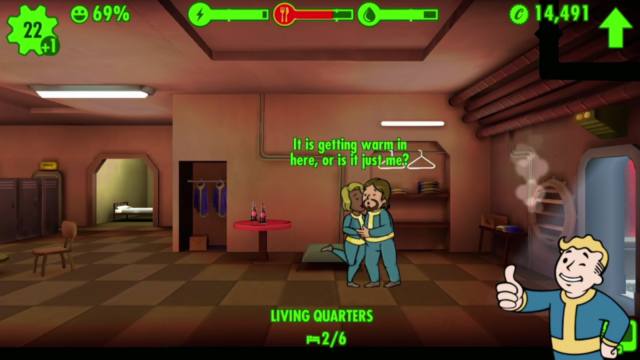 How to bring more dwellers in Fallout Shelter
How to bring more dwellers in Fallout Shelter Dragon Age 2: Mark of the Assassin DLC Walkthrough
Dragon Age 2: Mark of the Assassin DLC Walkthrough